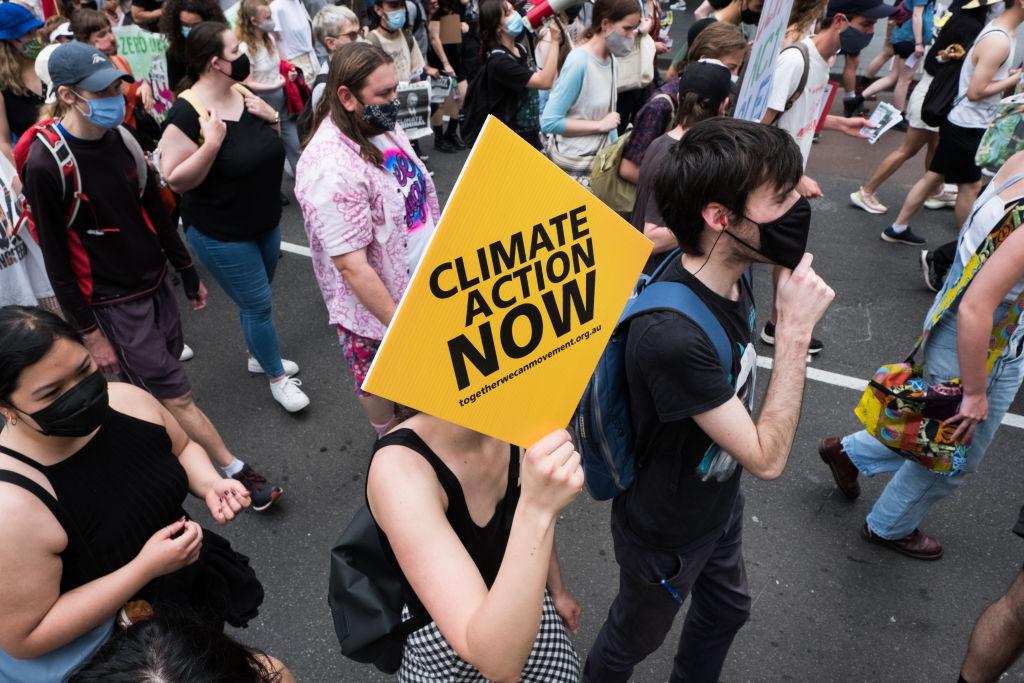Australia’s Climate Change Department has conceded that trying to measure the exact long-term harms individuals may suffer from climate change policy is difficult.
During a Senate Committee hearing into a possible amendment to the Climate Change Act 2022, Labor Senator Karen Grogan probed witnesses throughout the day on what practical methods could be used to measure the health impacts of warming global temperatures.





